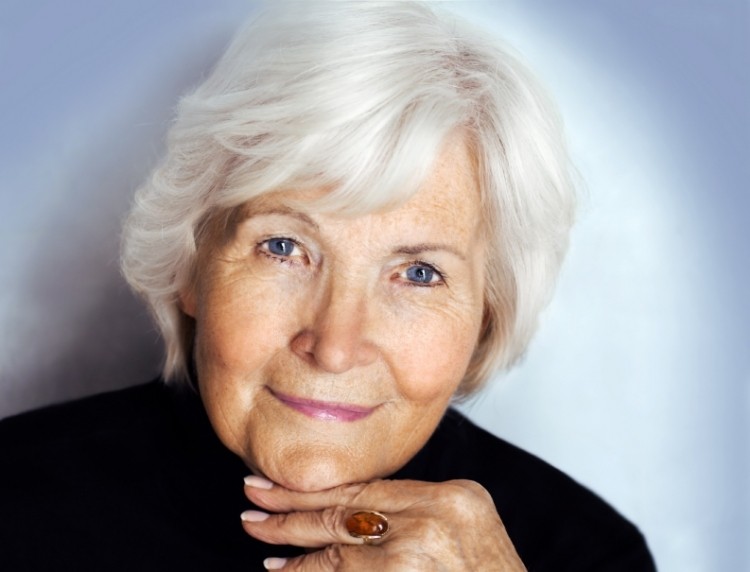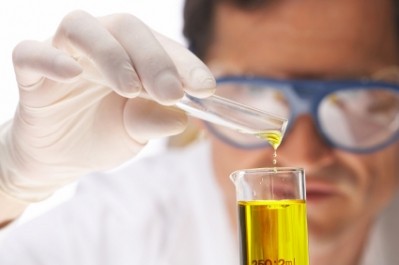Research suggests skin damage from UV radiation is reversible

The team of researchers, who work for a company specializing in skin aging called Insilico Medicine, based on the university campus, are due to present their findings at the Basel Life Science Week 2015, held in Switzerland, September 21 – 24.
The team’s research has centered on the goal of identifying how to mitigate the harmful effects of skin aging from UV exposure, specifically photoaging that can lead to damage at a cellular level that causes fine lines and wrinkles, as well as the risk of contracting skin cancer.
Avoiding the ‘leathery effect’ from sunbathing
The main damage to the skin from sun bathing happens at a cellular level as the UV rays causes damage to the skin’s fibers, commonly known as elastin.
Once this damage is done, the skin loses its suppleness, bruises and tears more easily, and eventually shows signs of premature aging that include wrinkles, ages spots, spider veins and blood vessels, and a generally leathery look to the skin.
Sunscreens have been marketed as a means of avoiding this type of damage, but the team of scientists points to a body of scientific evidence suggesting that UV filters in sun cream may not be doing the full job of protecting against photoaging of the skin and may actually be toxic to human cells.
The Basel Life Science presentation
During the scheduled presentation in Basel, skin care experts from the company will make a comparison of the effects of photoaging against normal, chronological aging, in an effort to try and identify how to avoid the harmful effects seen in photoaged skin.
"Unfortunately, recent studies show that modern sunscreen compounds do not provide complete protection and most of the UV-filters out there have serious side effects," said Polina Mamoshina, a skin specialist from Insilico Medicine who will be presenting in Basil.
Mamoshina’s recent research into photoaging has had the aim of finding a more effective treatment against the symptoms and to ultimately minimize the risk sun bathers’ might have from skin cancer.
"We need to develop better ways to offset the effects of photoaging so that people can enjoy the sun without worrying about what effect it will have on their skin, and the first step towards that is to understand how photoaging works on the ground level."
Ongoing research uses cell pathway analysis
The team of researchers will also point out during the presentation that its continued study in this area will rely on the company’s Geroscope software platform to analyze and compare the pathway dysregulation of more than 2,000 samples of skin cell samples taken from individuals with both chronologicially-aged and photoaged skin.
Ultimate the team believes that by analyzing this pathway dysregulation, they will be able to integrate anti-aging treatments – known as geroprotectors, to fight the photoaging process.

















